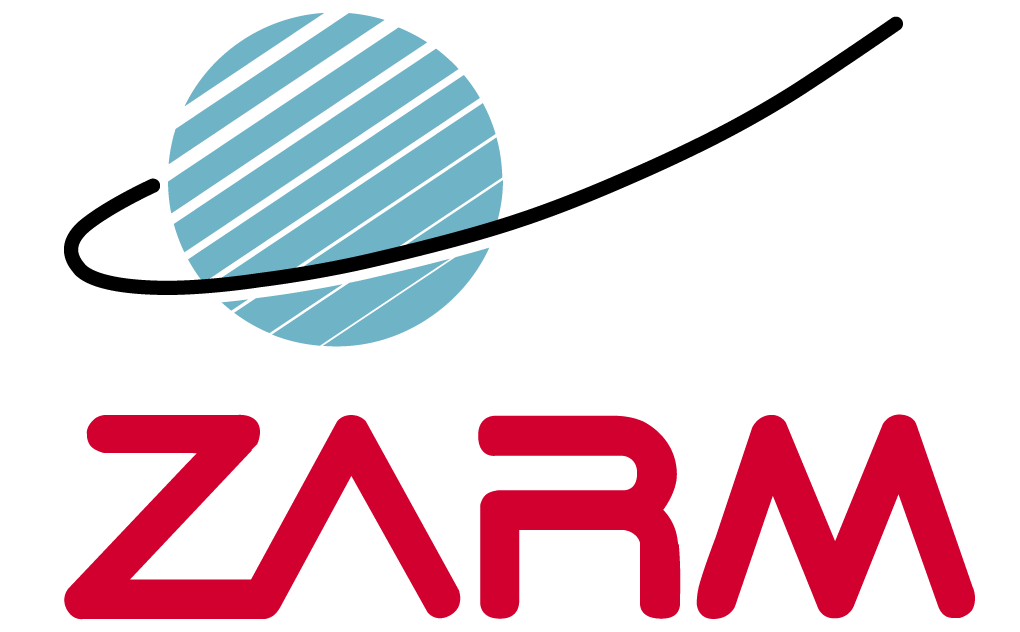Gravitational Theory
ABOUT OUR RESEARCH
Our research is focused on general relativity and its applications in astrophysics and geodesy as well as relations to quantum physics. This includes astrophysical extreme mass ratio systems and accretion disks around black holes as well as investigations of relativistic effects on the motion of satellites. The relativistic effects in rates of clocks on Earth and in space are crucial e.g. for height determination in geodesy. Moreover, we study fundamental problems in electrodynamics and in alternative theories of gravity.
Our fields of research
- Dynamics of light, particles (stars), and fluids in relativistic spacetimes using mostly analytical techniques
- Applications in relativistic astrophysics: extreme mass ratio systems, pulsar timing, accretion disks, gravitational lensing
- Tests of gravity: investigation of relativistic effects on satellites orbiting the Earth as well as Earth- or space-based clocks
- Relativistic geodesy: basic notions in General Relativity (GR), new concepts using the additional gravity degrees of freedom in GR; related topics are synchronisation and geodetic reference frames
- Alternative/modified theories of gravity and electrodynamics
CONTACT

Cluster of Excellence 'QuantumFrontiers'
The QuantumFrontiers program explores light and matter at the quantum frontier, advancing quantum and nanometrology to enhance measurement precision. These innovations enable groundbreaking technologies, from probing gravitational waves to understanding quantum-scale phenomena, deepening our knowledge of nature at both cosmic and microscopic scales.

Collaborative Research Center 'TerraQ - Relativistic and Quantum-based Geodesy'
The long term vision of TerraQ is to create a new geodesy based on quantum physics and general relativity, enabling unique prospects for satellite geodesy, gravimetric Earth observation and reference systems.
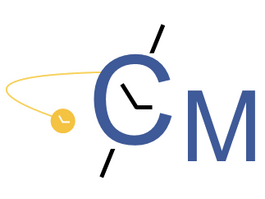
Research Unit 'Clock Metrology: A Novel Approach to TIME in Geodesy'
This research unit develops methods to enhance geodetic reference systems by linking all space geodetic techniques to a common time system. Accurate, stable global reference frames are essential for positioning, navigation, and understanding long-term geodynamic and climate processes, including plate tectonics and sea-level change.
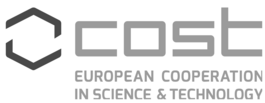
Cost Action 23130 - Bridging high and low energies in search of quantum gravity (BridgeQG)
This COST Action Network brings together theorists and experimentalists to explore the regime where gravity meets quantum physics. From astrophysical observations to precision table-top experiments, the aim is to understand Planck-scale effects and study gravity's influence on quantum systems, bridging expertise in quantum-gravity, -optics, -mechanics, and high-energy astrophysics.
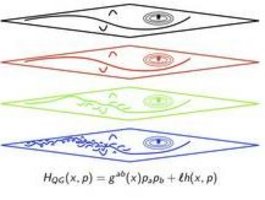
DFG Project 'Momentum dependent spacetime geometries: Traces of quantum gravity and fields in media'
This project establishes a rigorous mathematical framework for effective quantum spacetime geometries using Finsler and Hamilton geometry. It seeks to derive observable predictions (e.g., particle trajectories, time delays, light deflections), study classical and quantum field propagation on quantum spacetime, and develops the dynamics that determine the quantum spacetime geometry.
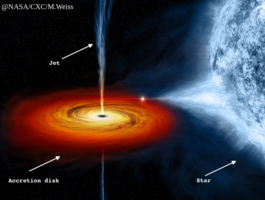
DFG project: General relativistic theory of charged accretion disk structures around black holes: influence of the (self)-electromagnetic interaction
Accretion disks around black holes and neutron stars, shaped by electromagnetic fields, provide insights into strong-gravity regimes. This project explores charged fluid disks, focusing on their self-interactions through analytic models and GRMHD simulations, aiming to unravel complex phenomena in disk structure, physics, and evolution near compact objects.
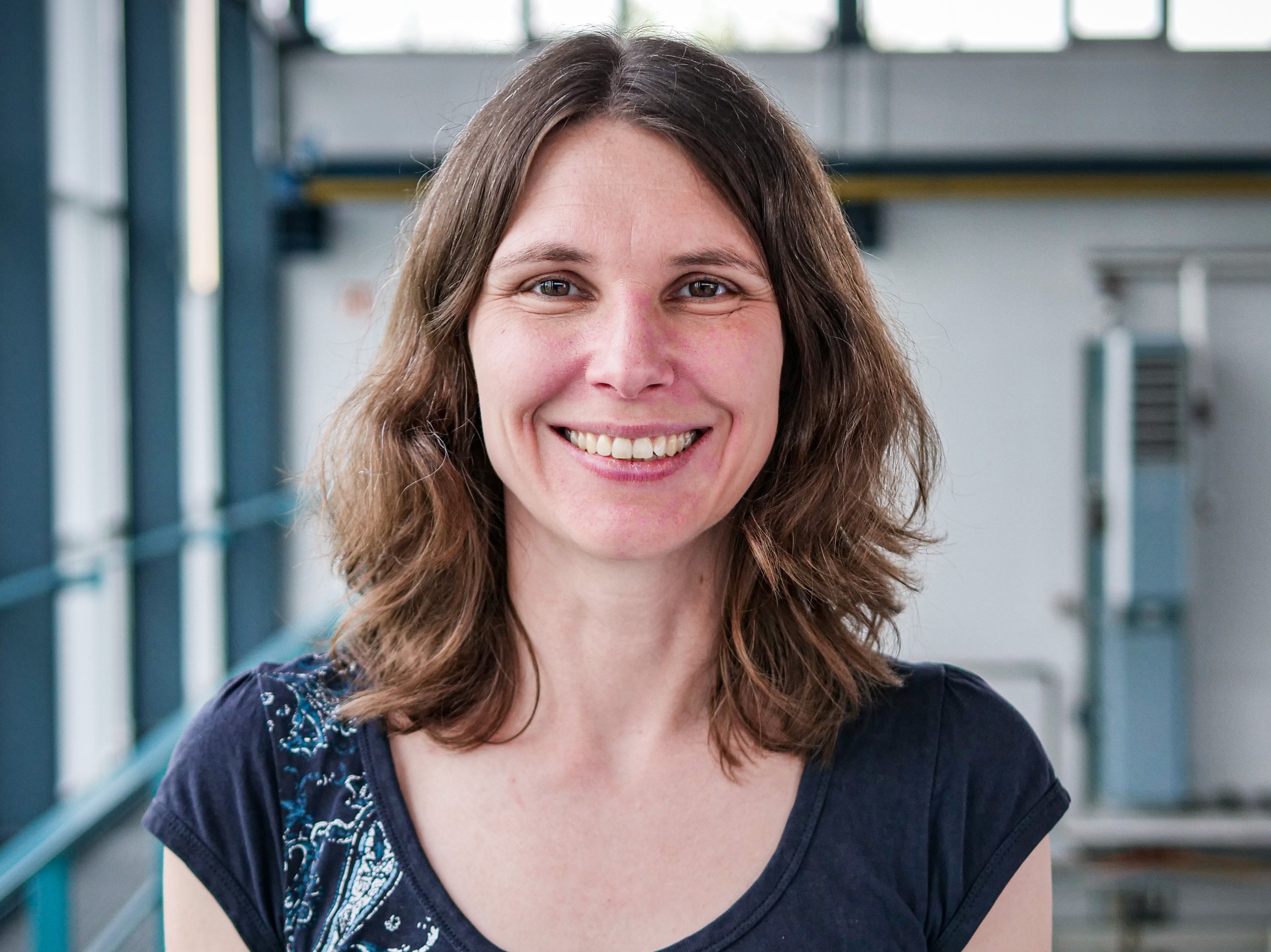
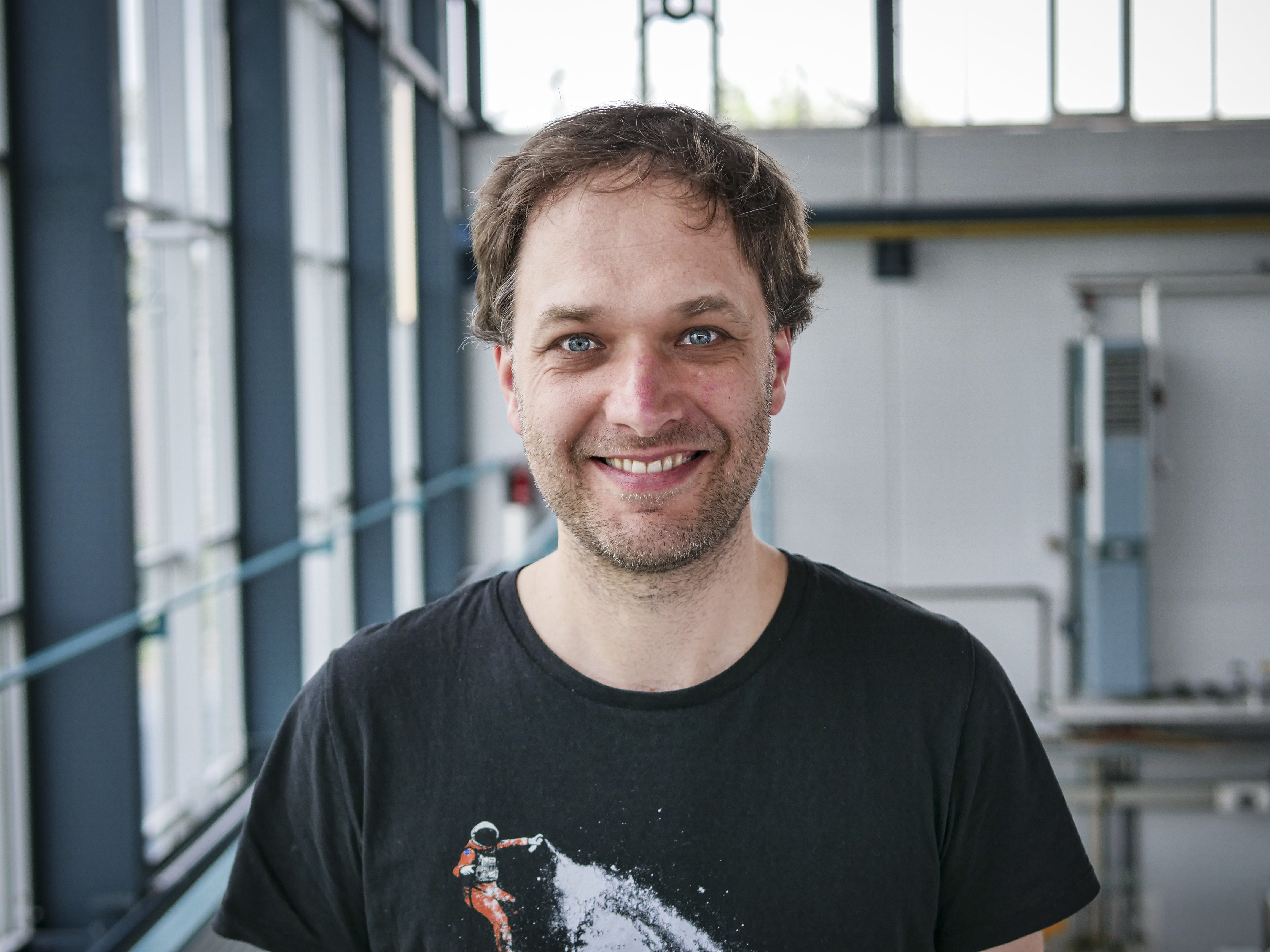
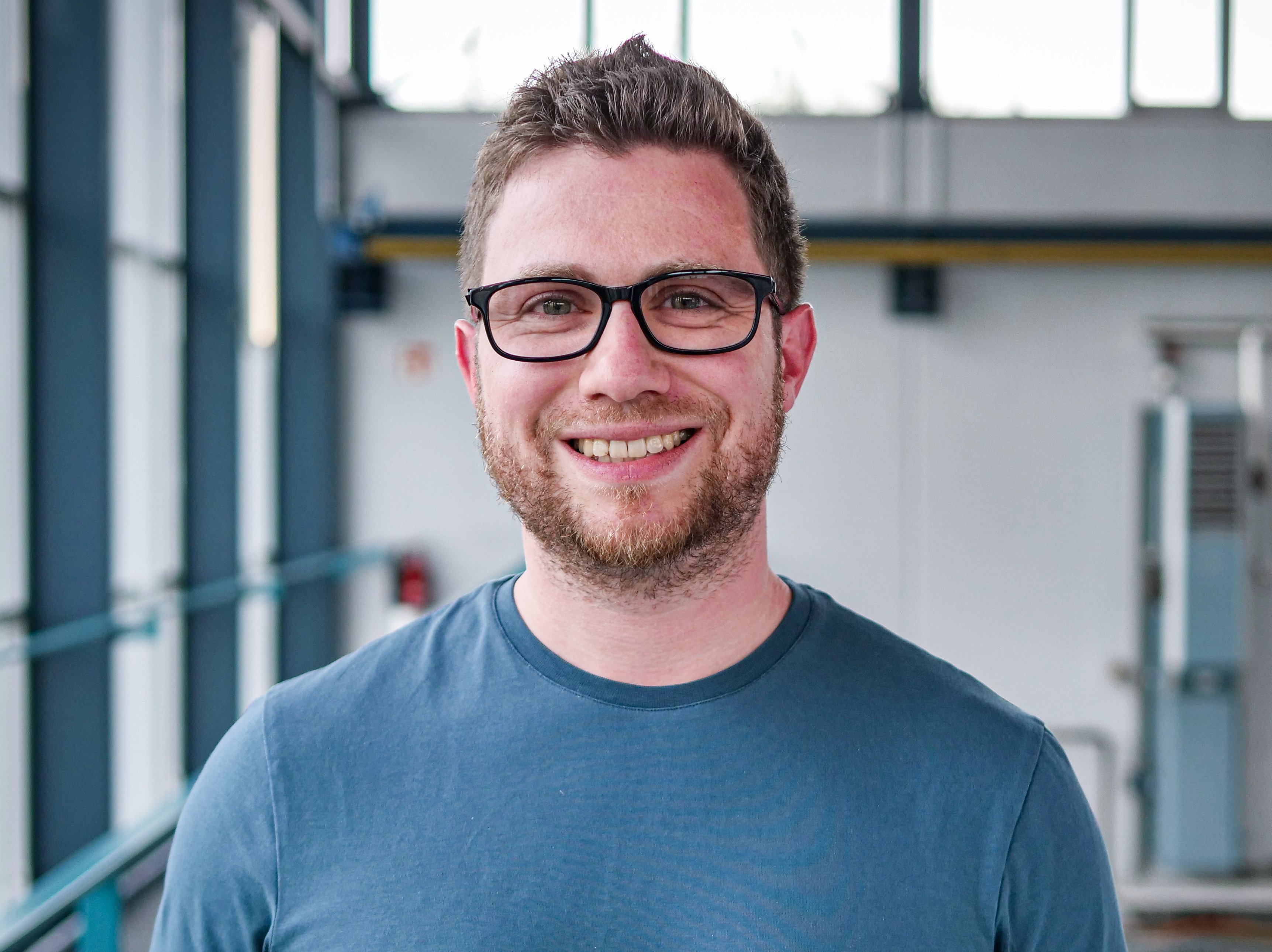
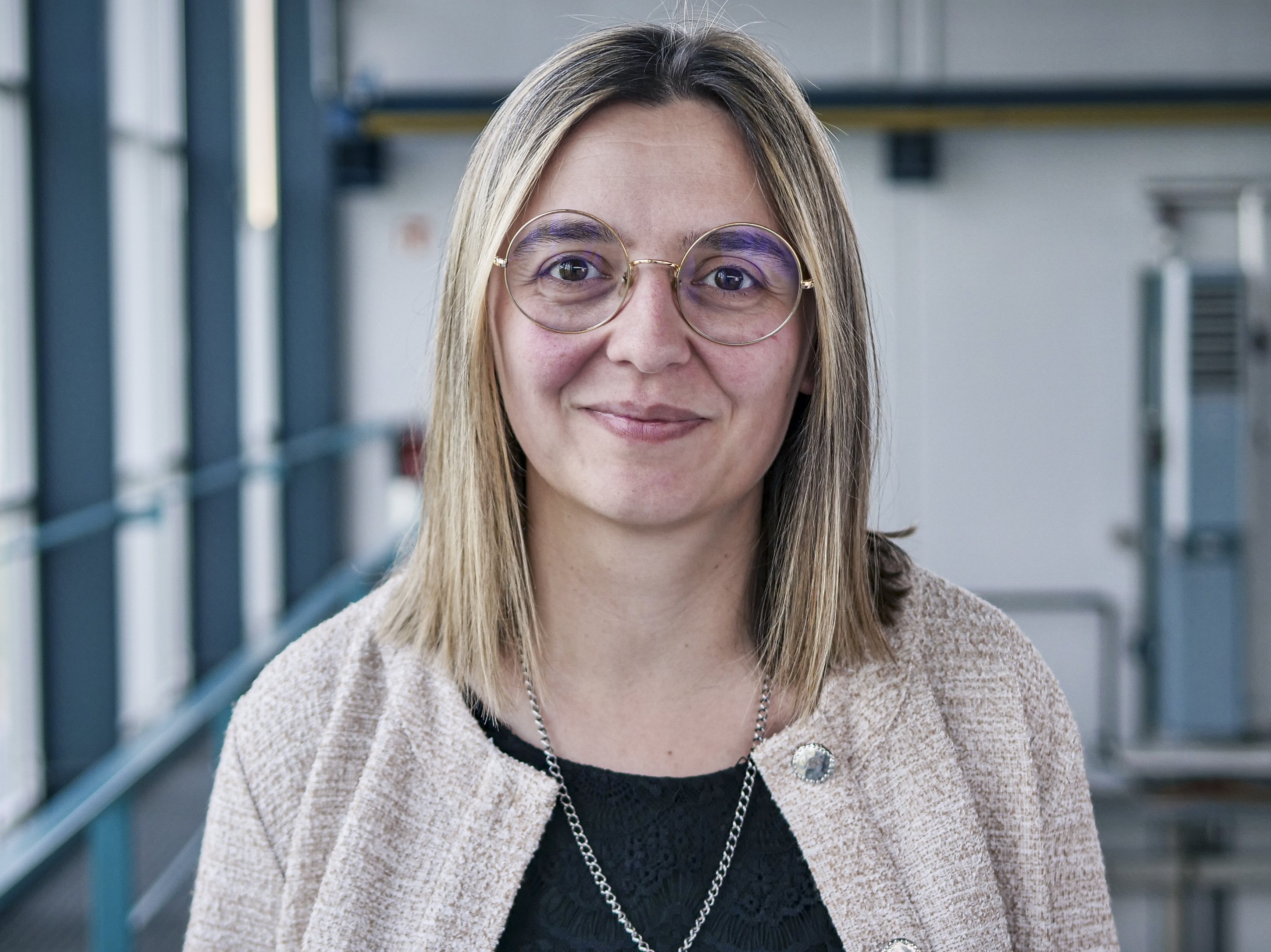

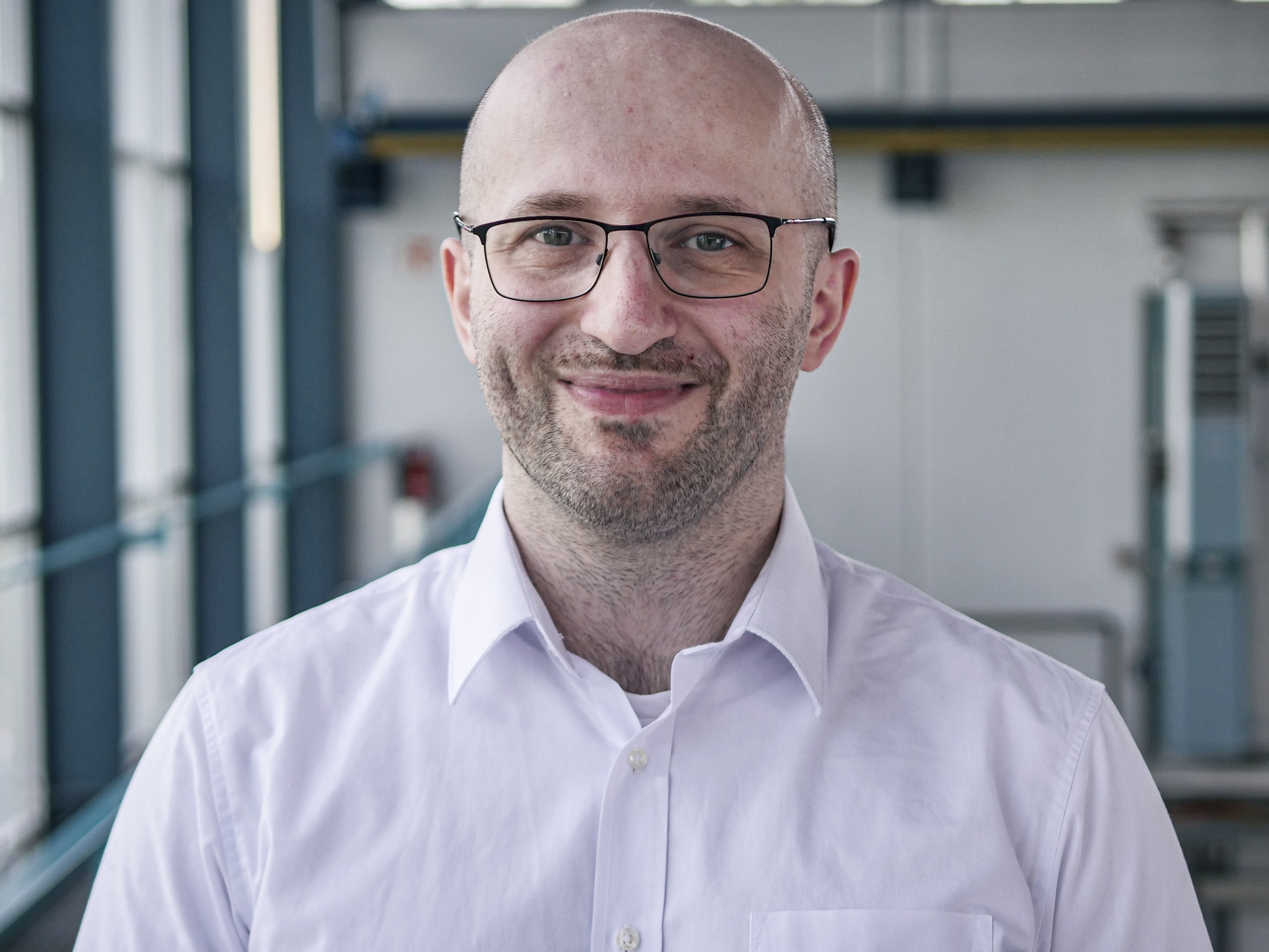




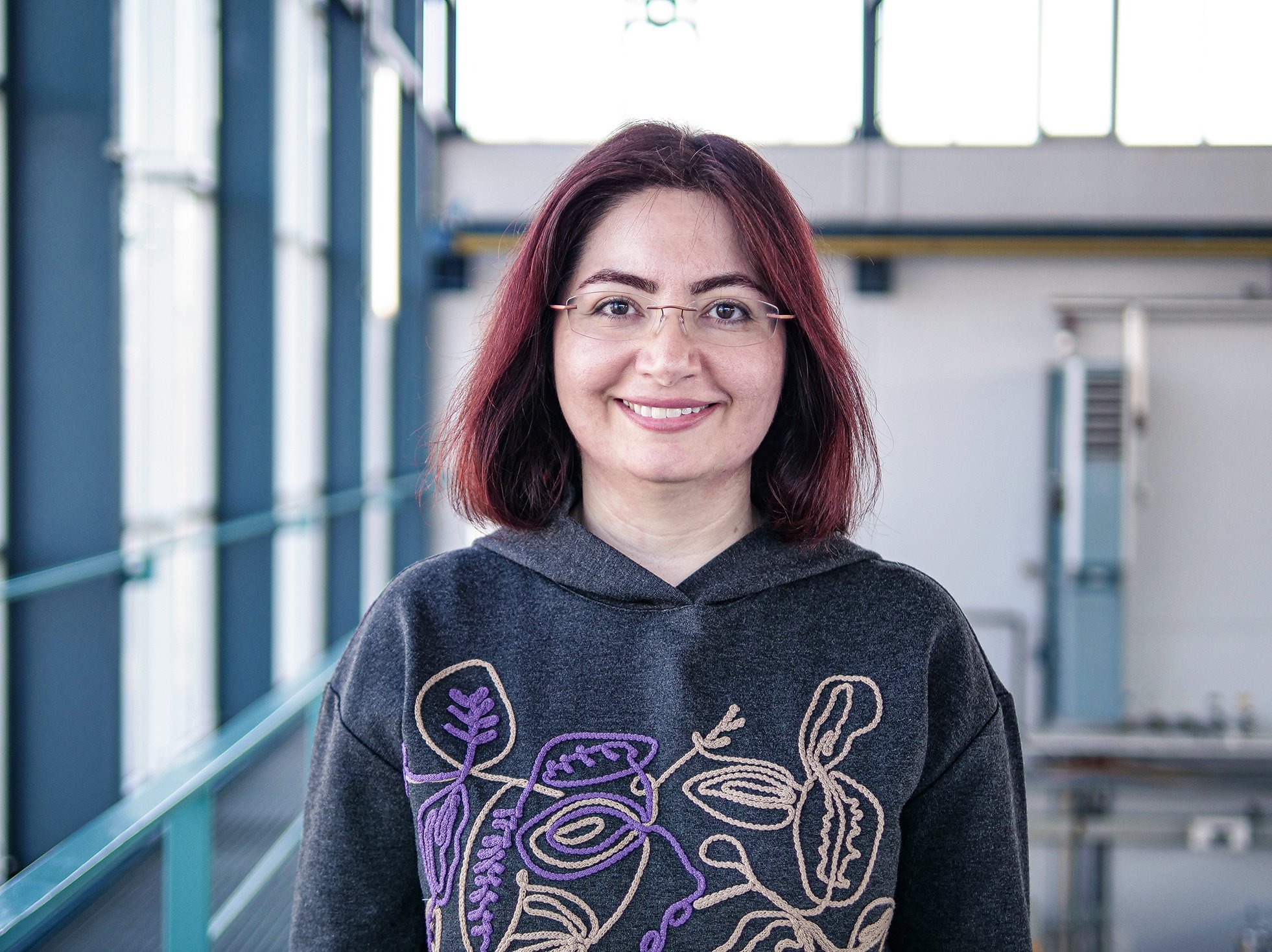
The list below shows the latest 25 publications of this research group. For the complete, searchable list of ZARM publications, please click more
2008
Complete analytic solution of the geodesic equation in Schwarzschild—(anti) de Sitter space—times
Phys. Rev. Lett., 100 :171101
2008
Geodesic equation in Schwarzschild—(anti-)de Sitter space—times: Analytical solutions and applications
Phys. Rev. D, 78 :024035
2008
Rovibrational quantum interferometers and gravitational waves
Phys. Rev. A :013610
2008



